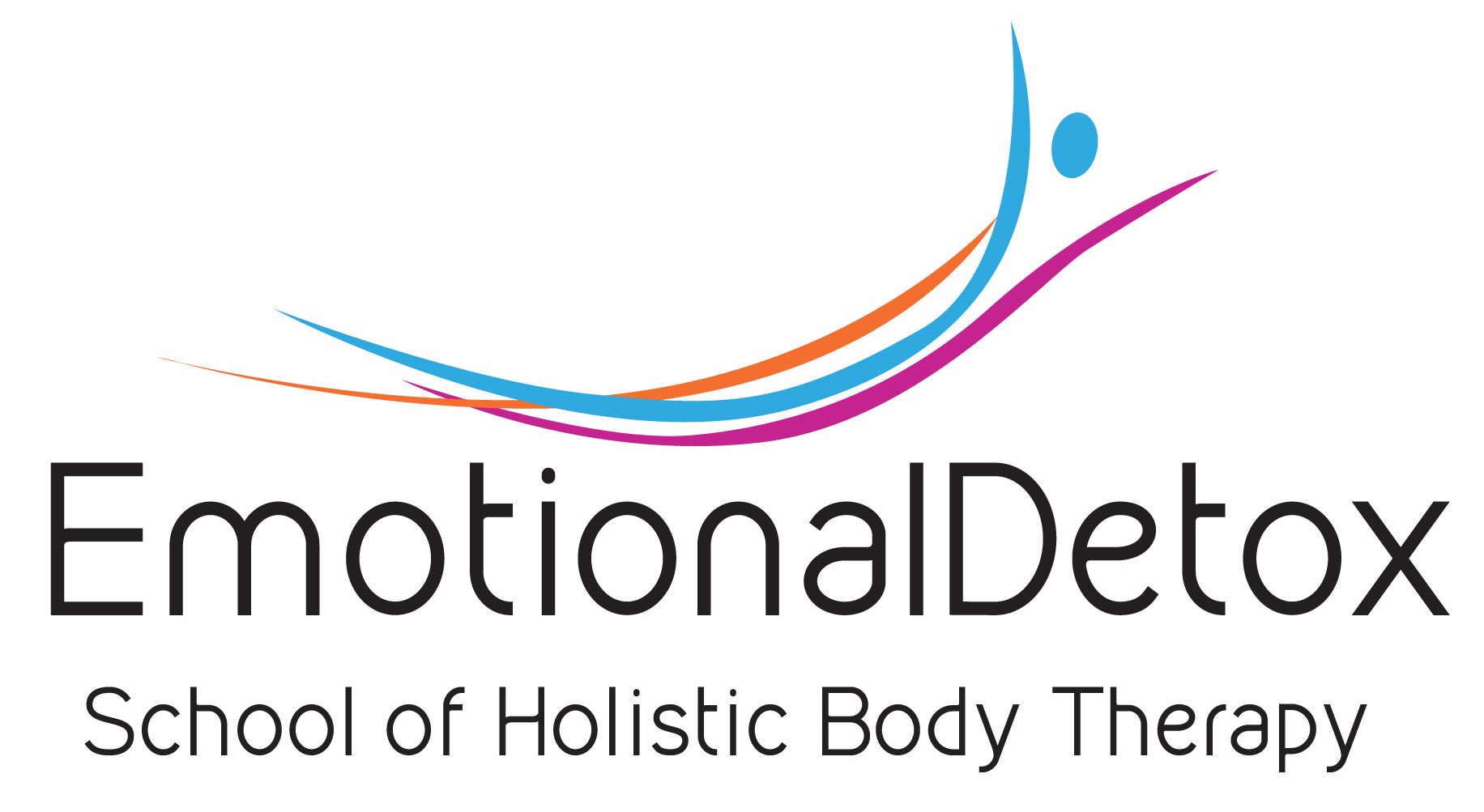As this is a taster course there is not time to go into great detail about a detox diet, if you are looking for some in-depth nutritional advice and information on improving your diet for wellbeing then it is suggested you take a look at our Accredited Emotional Detox Courses, where we discuss in detail alkaline diets, learn the science of detoxification and the fundamentals of toxicology, teach how to recognise how different toxin types affect your body, from your DNA to your cells, to your brain and build a detailed physical and emotional detox plan. In the meantime, the tips shown here will help to get you started.
Detox Boosters
To boost the detox effects of the diet, on rising . . .
- Have a glass of warm water with the juice of half a lemon to cleanse your system.
- Take 1tsp of milk thistle complex (available from health food stores) in half a glass of room temperature water to stimulate liver function 15 minutes before breakfast, lunch, and dinner.
- Take 2tsp of psyllium husks (also available from health food stores) in a large glass of water to aid the detoxification process and improve bowel function. Now, wait 15 minutes before having breakfast.
- Have two pieces of fruit mid-morning.
- Mix 2tsp organic spirulina powder (available from the health food store)into apple juice and water, drink mid-afternoon to aid detoxification and provide valuable nutrients.
- Have two servings of fresh, stewed or baked fruit after dinner.
Learn to meditate
Another very useful tool for detoxing is meditation. This is a very misunderstood word, conjuring up images of hippies and new age pursuits. Meditation is, in fact, a rational way to cope with negativity, helping to release us from the past by bringing peace and clarity to the present.
It is a great way to gain focus and disperse stress. There are lots of different meditation styles, but I have found that the simplest form is to focus on the breath while meditating, this style is suitable for all levels of experience and can be performed without any special equipment.
Directions:
Sit: when your day has been particularly bad and you have been reminded of the past once too often, just sit comfortably. No need to sit cross-legged on the floor. Sitting on a chair will suffice if you find it more comfortable.
Close your eyes: become aware of your breath as it enters and exits your nostrils. Feel the cool air entering your nostrils and the warm air leaving. If thoughts come up, just try to ignore them by concentrating on the sound and feeling of the breath.
The whole point of the exercise is to allow thoughts to come and go without paying attention to them. If you do this for long enough they tend not to come any longer and you have a nice and fairly thought-free time. Just you and your breath. This is an opportunity to experience peace and stillness. You will need to persevere if you are new to meditation because it can take a few tries to master, but it is a good technique to learn and incorporate into your daily routine.
How to breathe easy
A simple way to get rid of stress is to breathe. This sounds obvious, but have you ever caught yourself holding your breath when angry or stressed? Proper, deep breathing opens up the chest and lungs, relaxing the stomach and calming the mind and heated emotions.
The conscious use of breath has been known for thousands of years and is well documented in the teachings of Yoga. However, you don’t have to be an advanced yoga practitioner to benefit – it all starts with a simple inhalation through the nose and exhalation through the mouth.
To be conscious is the key – to notice the breath, breathe in deeply through the nose, and then slowly exhale through the mouth. This brings the thinking mind to a pause as we focus on the movement of the air. Aim to quiet the mind and activate its ability to deeply feel what is going on in our body.
The technique is simple. To prepare: breathe out and relax your shoulders, chest, and stomach. Breathe in, drawing the breath right down into your stomach.
Allow your stomach to swell outwards as your lungs drop down into the space you have created. You should look pregnant if you are doing it properly (men too).
Try not to raise your shoulders as you breathe in, because this contracts the lungs upwards, shortening the breath. Exhale by pulling in your stomach as you breathe out. Repeat this 10 times and allow the sense of peace to wash over you.
A word of caution: If you are a shallow breather, all of this extra oxygen can make you light-headed, so have a chair handy.
